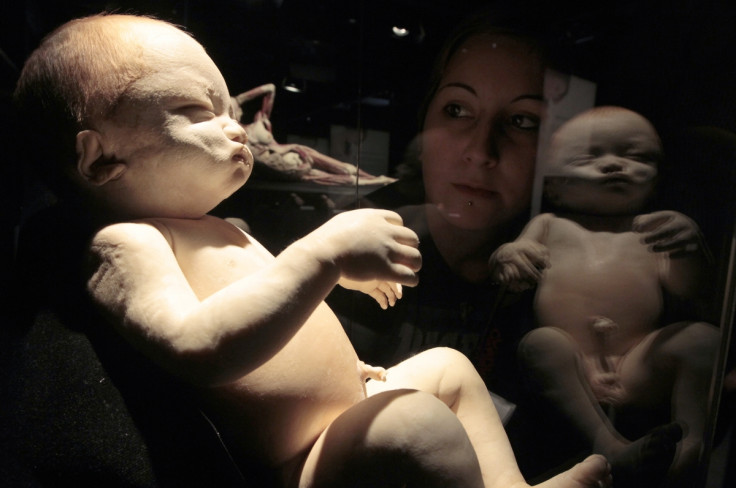Doctors succeed in reviving woman's fertility after restoring ovary tissue removed pre-puberty

In a world first, a woman has given birth after doctors restored her fertility by transplanting ovarian tissue that was removed and frozen while she was a child.
According to world leading reproductive medicine journal Human Reproduction, this is the first time tissue taken from girls before puberty has been used successfully.
The Republic of Congo-born patient, who is now a Belgian citizen, was diagnosed with sickle-cell anaemia when she was five. After emigrating to Belgium at the age of 11, doctors decided that her disease was so severe that she should be treated with a bone marrow transplant, and her brother was able to provide the matching tissue.
However, before treating her with chemotherapy, the doctors removed her right ovary and froze tissue fragments. She had not started her periods, although there were signs that she had started puberty with breast development when she was 10.
At 15, her remaining ovary failed, and 10 years later the patient received counselling after saying she wanted to become pregnant.
No reason why she can't have more children
Doctors, led by Dr Isabelle Demeestere, a gynaecologist and research associate in the Fertility Clinic and Research Laboratory on Human Reproduction at Erasme Hospital, Université Libre de Bruxelles, in Brussels, thawed some, but not all, of the frozen ovarian tissue and grafted four fragments on to the remaining left ovary, and 11 other fragments at other sites in the body.
More than two years after the transplantation, she became pregnant naturally with a new partner at the age of 27 and delivered a healthy boy in November 2014, weighing 3.14kg.
Dr Demeestere said: "This is an important breakthrough in the field because children are the patients who are most likely to benefit from the procedure in the future. When they are diagnosed with diseases that require treatment that can destroy ovarian function, freezing ovarian tissue is the only available option for preserving their fertility.
"However, the success of this procedure requires further investigation in very young, pre-pubertal girls, as our patient had already started puberty even although she had not started menstruating. In addition, the procedure also raises some controversial issues.
This is an important breakthrough in the field because children are the patients who are most likely to benefit from the procedure in the future. When they are diagnosed with diseases that require treatment that can destroy ovarian function, freezing ovarian tissue is the only available option for preserving their fertility
"For instance, because it is an invasive procedure and because the lifespan of the graft is limited, should it be used to induce puberty and menstruation, rather than to restore fertility, when hormone replacement therapy is an efficient, standard, and non-invasive alternative for inducing puberty?
"Should the procedure only be proposed for patients with a high risk of ovarian failure or for those at low risk as well?
"We think, at present, that cryopreserved ovarian tissue should be used only for fertility restoration in patients at high risk of ovarian failure, and not for puberty induction or for restoring menstrual cycles in adults."
The patient's ovary continues to function normally and her doctors say there is no reason why she could not have more babies if she wants to.
"She also has the possibility of undergoing a second transplantation with the remaining frozen tissue if the graft stops working, as we didn't transplant all the ovarian tissue the first time. We have another patient who became pregnant after ovarian transplantation, and she had two babies born after two graft procedures," said Dr Demeestere.
© Copyright IBTimes 2025. All rights reserved.





















